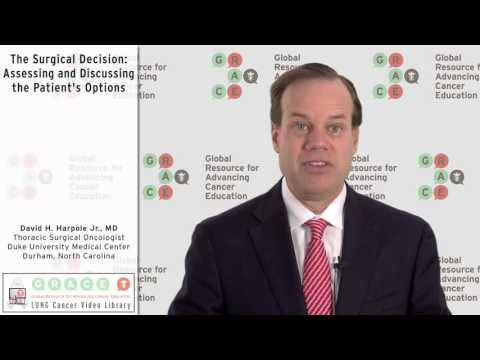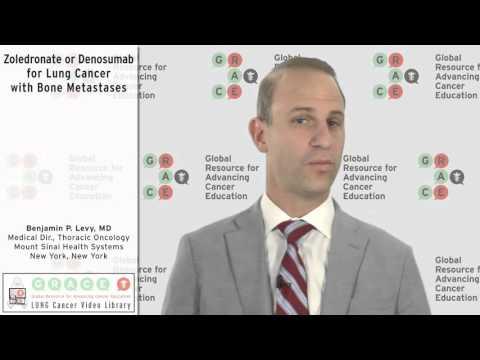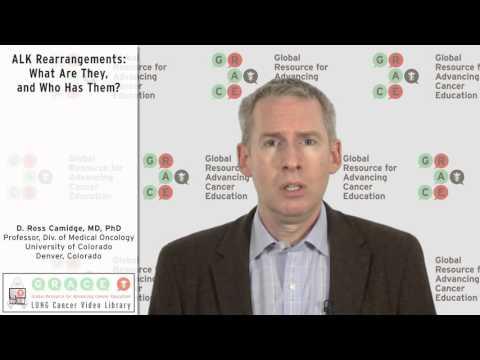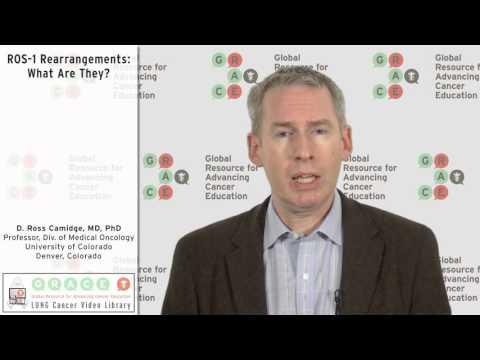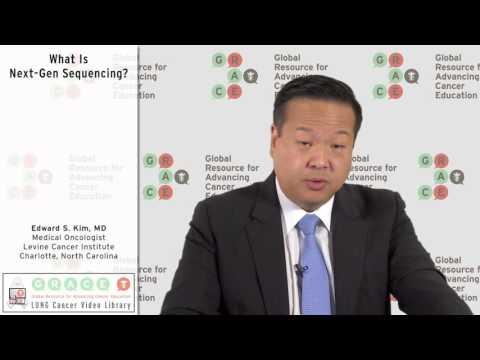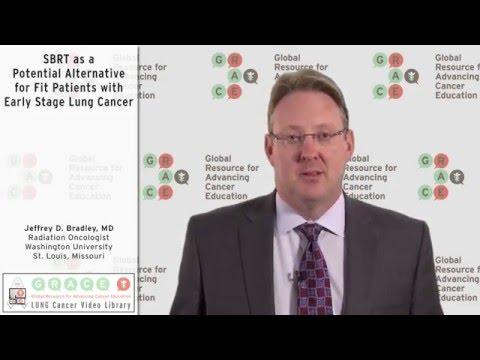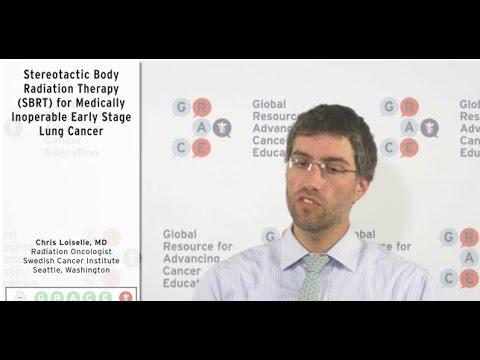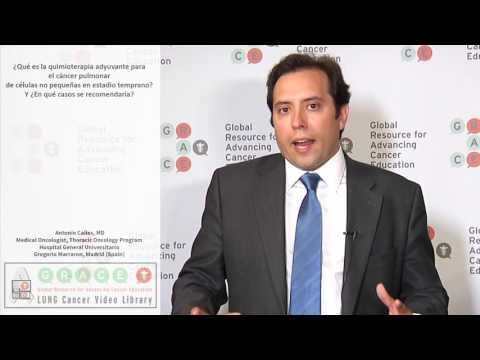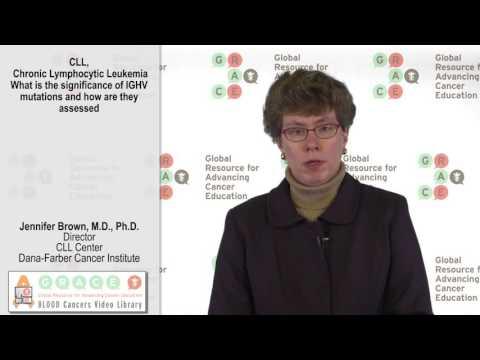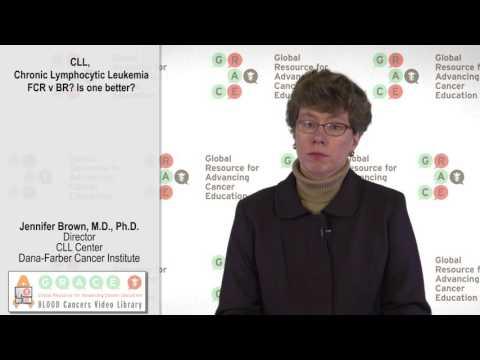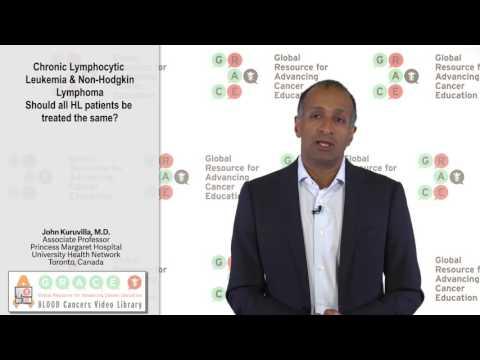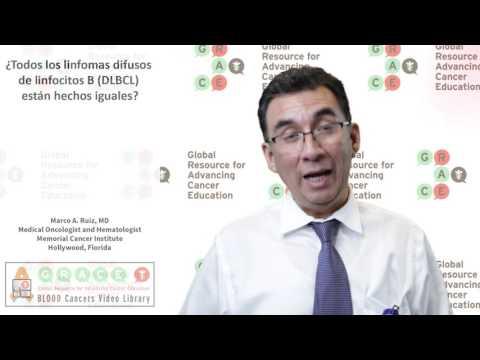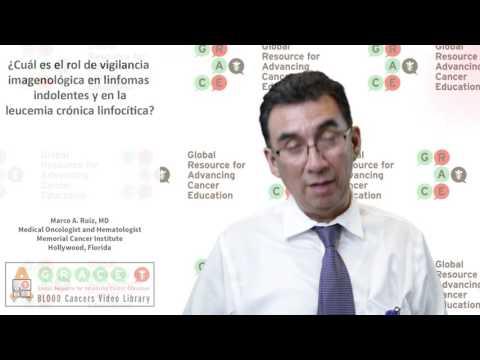Dr. David Harpole, Duke University Medical Center, describes how he assists patients with the surgical decision-making process.
Video Library
Search the Video Library
Video Language
Filter by Cancer Type:
Displaying Results 16 - 30 of 75
Transcript One of the important points about patients with advanced lung cancer is that 30-40% of patients will develop bone metastases. I think it’s important to recognize this is not bone cancer, this is lung cancer that’s moved to the bone, and in 30-40% of patients at some point who have
Dr. Ross Camidge, University of Colorado, describes ALK rearrangements and the characteristics of patients who most often have them.
Dr. Ross Camidge, University of Colorado, describes ROS-1 rearrangements and compares them to ALK rearrangements in frequency of occurrence and response to treatment.
Dr. Ed Kim from the Levine Cancer Institute in Charlotte, NC summarizes the mechanism of next generation sequencing (NGS), how it can potentially be used, and its limitations in clinical practice today.
Dr. Jeffrey Bradley, Radiation Oncologist at Washington University in St. Louis, provides evidence for the use of stereotactic body radiation therapy as an alternative to surgery for operable early stage lung cancer.
Dr. Jeffrey Bradley, Radiation Oncologist at Washington University in St. Louis, describes the history and current use of stereotactic radiation therapy for inoperable lung lesions.Dr. Jeffrey Bradley, Radiation Oncologist at Washington University in St. Louis, describes the history and current use
All of us at the Global Resource for Advancing Cancer Education are very excited to introduce our newest project - the GRACE Spanish Lung Cancer Library. This collection of videos with our Spanish speaking faculty will discuss the basics of lung cancer for Spanish speaking patients and caregivers
We recently joined a number of top faculty in the area of hematology in Whistler BC, for the 3rd Annual Summit on Hematologic Malignancies. Jennifer Brown, MD, PhD, Director of the CLL Center at the Dana-Farber Cancer Institute spoke with GRACE and provided provoking and educational discussions on
GRACE joined a number of top faculty in the area of hematology in Whistler BC, for the 3rd Annual Summit on Hematologic Malignancies. Jennifer Brown, MD, PhD, Director of the CLL Center at the Dana-Farber Cancer Institute spoke with GRACE and provided a provoking and educational discussion on FCR vs
GRACE joined a number of top faculty in the area of hematology in Whistler BC, for the 3rd Annual Summit on Hematologic Malignancies. Joshua Brody, MD, Oncologist and Director, Assistant Professor of Medicine, Hematology & Medical Oncology at Mount Sinai Hospital spoke with GRACE about the question
GRACE joined a number of top faculty in the area of hematology in Whistler BC, for the 3rd Annual Summit on Hematologic Malignancies. John Kuruvilla, MD, Associate Professor, Princess Margaret Hospital, University Health Network in Toronto, Canada, spoke with GRACE about Chronic Lymphocytic Leukemia
GRACE sat down with Dr. Marco Ruiz to discuss information regarding all diffuse large B-cell lymphoma (DLBCL) and are they made equally ("¿Todos los linfomas difusos de linfocitos B (DLBCL) están hechos iguales?"). Stay tuned for more on our continuing video series with our Spanish speaking faculty
GRACE sat down with Dr. Marco Ruiz to discuss information regarding the role of surveillance imaging in indolent lymphomas and chronic lymphocytic leukemia (CLL) (¿Cuál es el rol de vigilancia imagenológica en linfomas indolentes y en la leucemia crónica linfocítica?). Stay tuned for more on our
GRACE sat down with Dr. Marco Ruiz to discuss information regarding inhibitory molecules like the programmed cell death protein 1 (PD1) and its ligand (PDL1), and if they are active in lymphoma and in chronic lymphocytic leukemia (¿Están activos moléculas inhibitorias como el de la muerte programada

